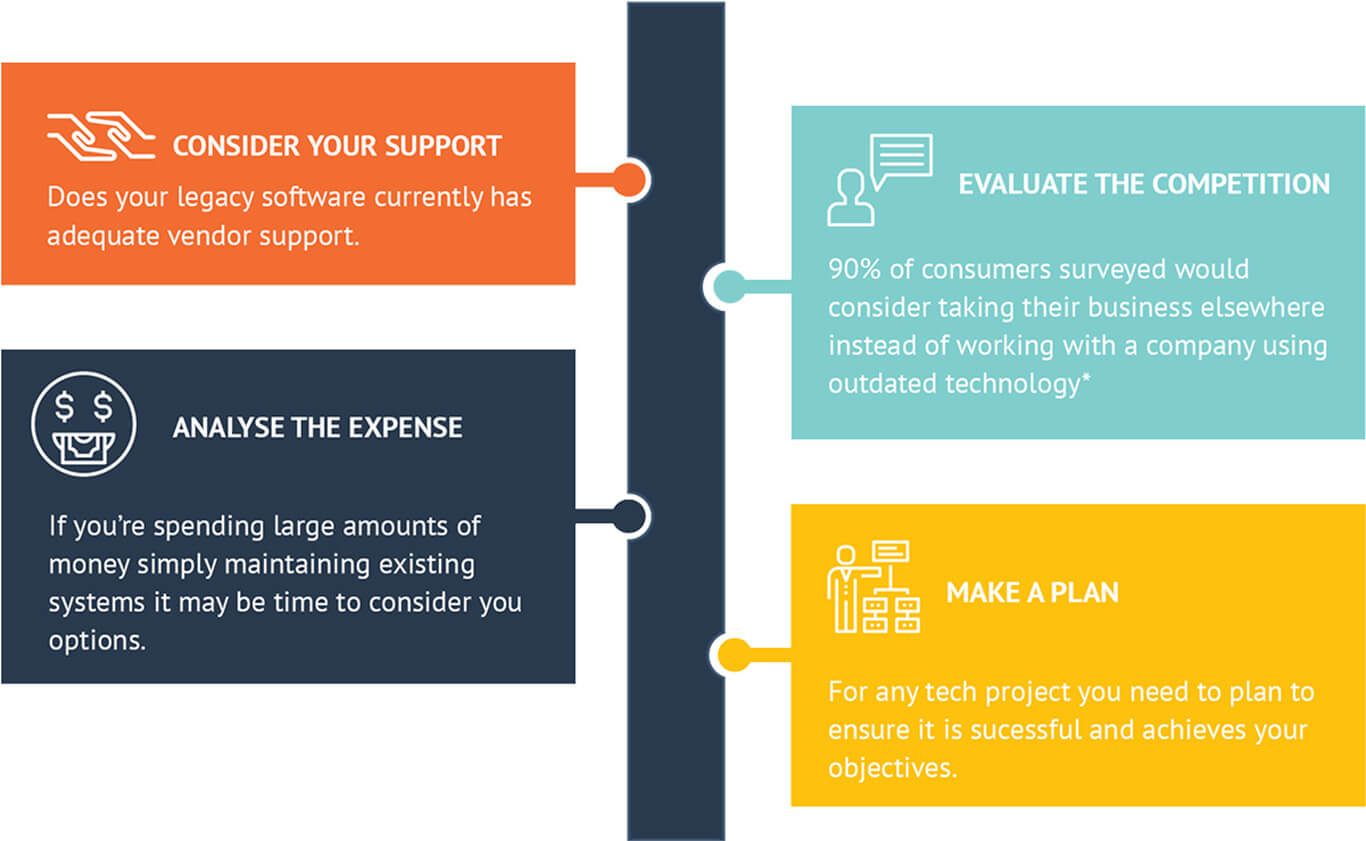If you have a legacy software system, you may be wondering if and when you’ll need to upgrade. Legacy software can cause a number of problems for your business, but since a total upgrade is typically a large expense, it’s a good idea to perform a legacy software system health check to determine when this upgrade will need to happen.
This will allow you to see exactly where you stand when it comes to the value of your software systems, and the level of risk you’re dealing with by keeping it functional.
Business owners should look at the value that their current system is providing, and compare this to the value of a new system. This will allow you to examine whether your business is being held back by your legacy software and whether upgrading will help your business grow.
Here’s how you can perform a basic legacy software system health check:
Step 1: Consider your support
One of the biggest things to consider is whether your legacy software currently has adequate vendor support. Some things to think about:
- Do you have a help desk you can call in the event that you have a problem?
- Is your vendor still updating the software and/or providing security patches?
- How many team members are experts in your legacy system? If one or more of these employees left, how would this impact your ability to keep your legacy system functioning?
- How much time are your employees spending on maintenance and basic tasks with your legacy software?
Step 2: Evaluate the competition
Businesses hoping to scale will need to continually keep an eye on the competition. When your competitors have embraced the latest technology and are all using shiny new systems that allow them to boost productivity and offer new and improved services to customers, it’s only a matter of time before your customers will begin switching.
A report by Microsoft found that more than 90% of the 1405 consumers surveyed would consider taking their business elsewhere instead of working with a company using outdated technology.
Some things to consider:
- What capabilities do your competitors have that you currently cannot match?
- What capabilities will your competitors soon have that you don’t have plans to invest in
- If you were a customer comparing your products and services to your competitors’, which would you (honestly) choose?
- Are you concerned about your customers choosing to switch to one of your competitors due to greater functionality such as an app, more user-friendly experience, or modern technology?
Step 3: Analyse the expense
If you find yourself spending an increasing amount of resources and money (including the time of your employees and IT staff) simply maintaining and troubleshooting your ageing system, it may be time to look at different options.
Some things to consider:
- If you asked your employees to keep track of how much time they’re wasting with your legacy system each week, what would they say?
- How much are you paying for support, maintenance, and downtime when the system has a problem and how often does this occur?
- What are the other costs that you may not have considered such as staff morale, loss of talent, and general frustration?
- Would your employees be able to enjoy flexible work, collaborate from anywhere and increase their productivity if you switched to the cloud?
- Could your business withstand the damage to its reputation if your legacy software was hacked and customer data was at risk?
Step 4: Make a plan
Once you’ve completed your legacy software system health check, you can plan accordingly.
There will come a time when you’ll eventually need to upgrade or replace your legacy software system, and whether this is something that will need to happen in the short or long-term will depend on the value and risk analysis. Either way, you’ll need to decide:
- If you want to move to a cloud-based software solution
- Whether you’d like to move to custom software or stick to off-the-shelf software
- Which functionality you’ll require for the upgrade
- How to implement with the least possible disturbance to customers and employees.
If you’d like help with your legacy software system health check, or simply want to discuss options, get in touch today for help.





